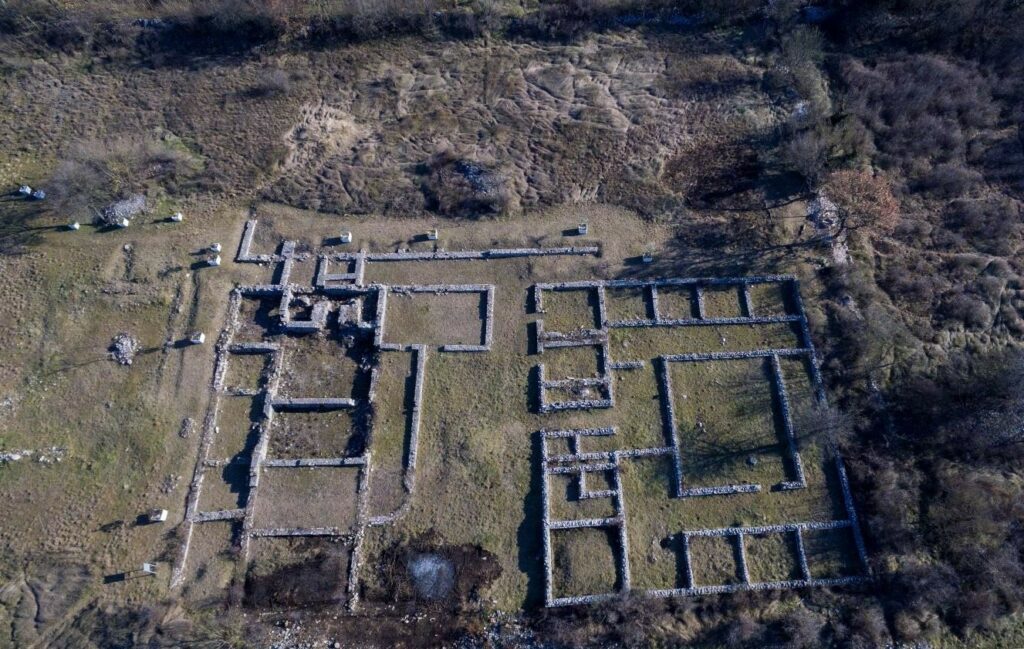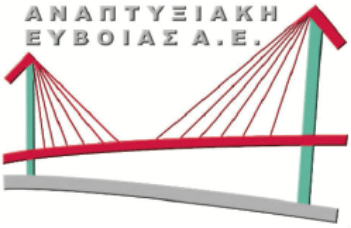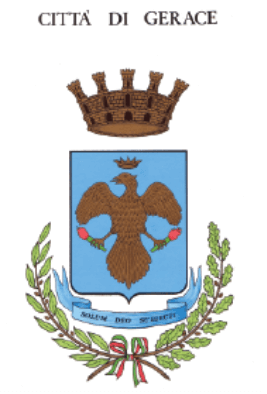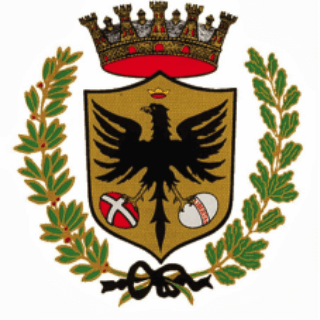
The Romans, when they broke the resistance of the warlike Illyrians, Delmats and Pannonians in 9 AD, began to build roads, bridges and fortresses. One of the smaller military camps, to accommodate a cohort of four hundred soldiers and a hundred cavalry, was in the area of Ljubuški. Most researchers assume that the camp was located at the Gračine site in Humac, four kilometers southwest of the center of today's Ljubuški. According to numismatic, metal and ceramic finds, it was built in the 1st century AD. BC, most probably in the time of Emperor Tiberius (around 14 AD), when the road Salona - Narona was completed. Its purpose was primarily a strategic-defensive role - the protection of the Neretva river valley and the area of the Narona colony from the invasion of the Illyrian peoples from the hinterland. There is doubt as to whether a Roman military camp was excavated in Gračine, which has a strictly determined layout and purpose of the premises, or an accompanying part of the military complex, baths and craft workshops and dwellings. Unfortunately, the results of the research on Gračine have not been published, nor have further research been continued. Time has taken its toll, so that today the remains of the Roman complex are in a rather neglected condition, with unresolved property and legal relations and illegal construction, although the site is included in the list of monuments of national interest. The value of the building in Gračine lies in the fact that it is the only partially explored Roman military complex in BiH.





